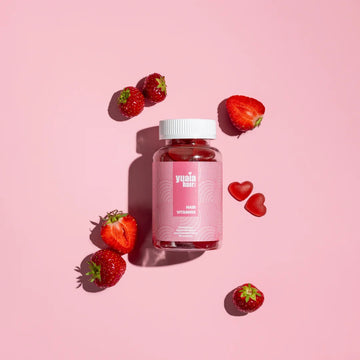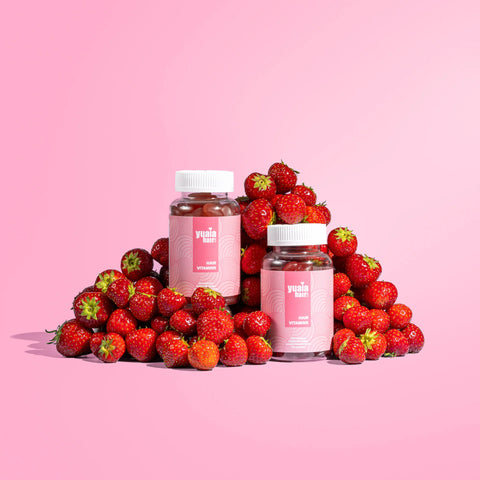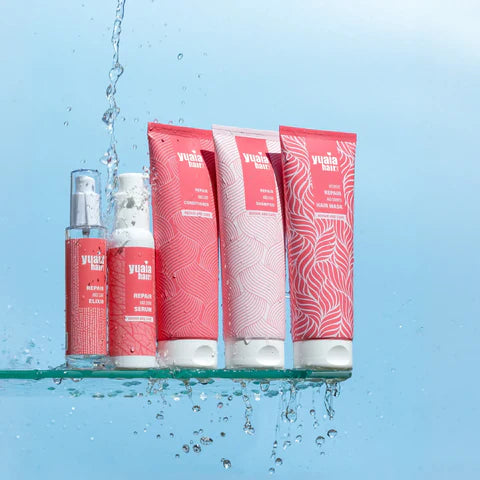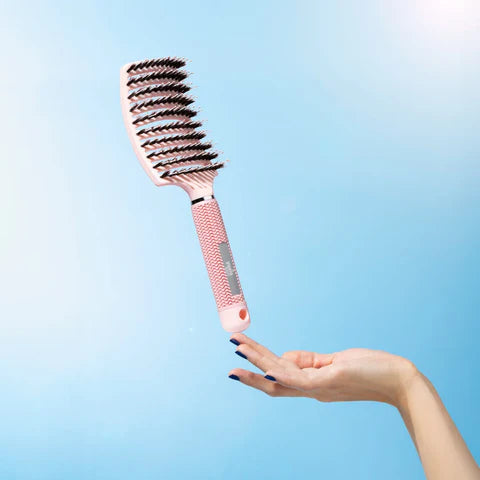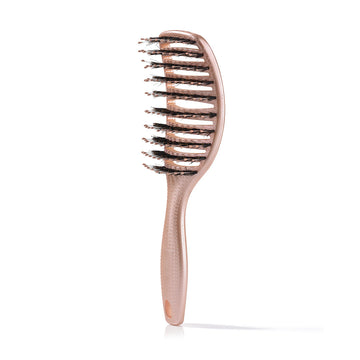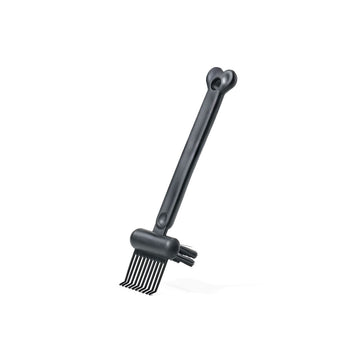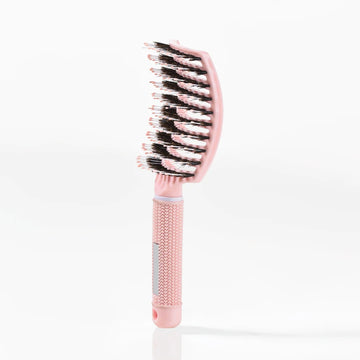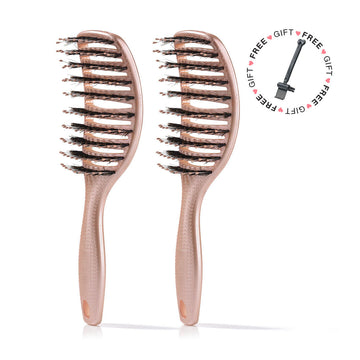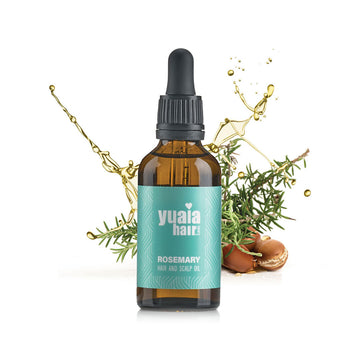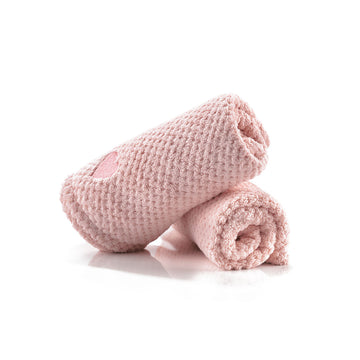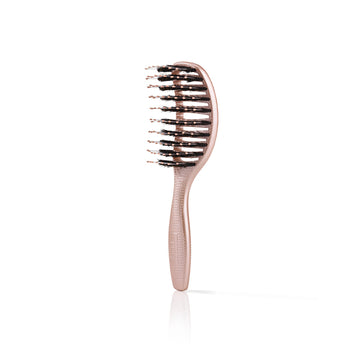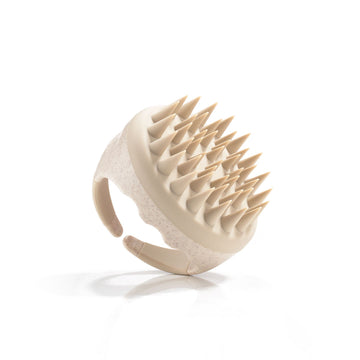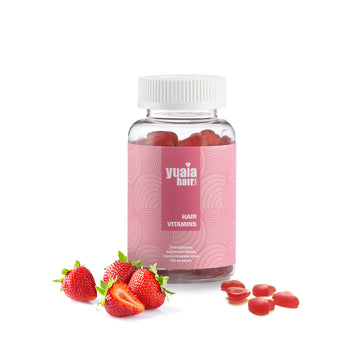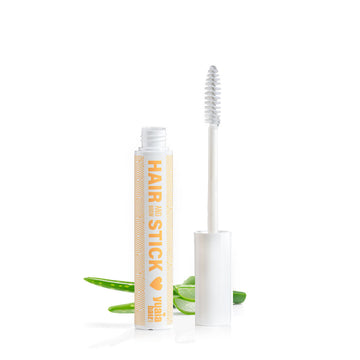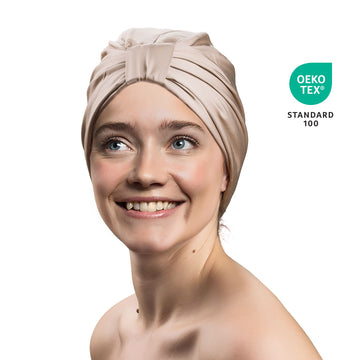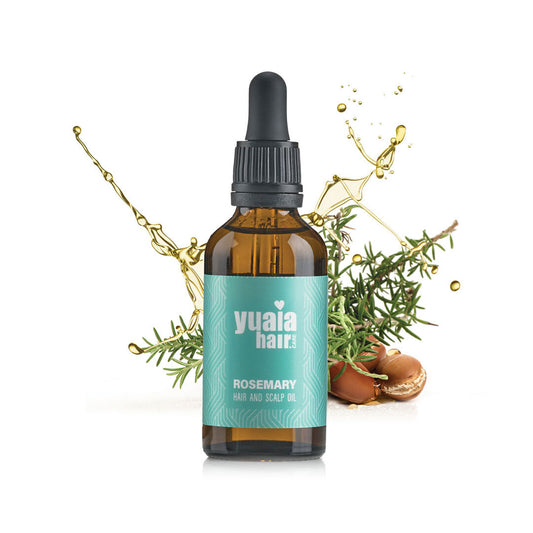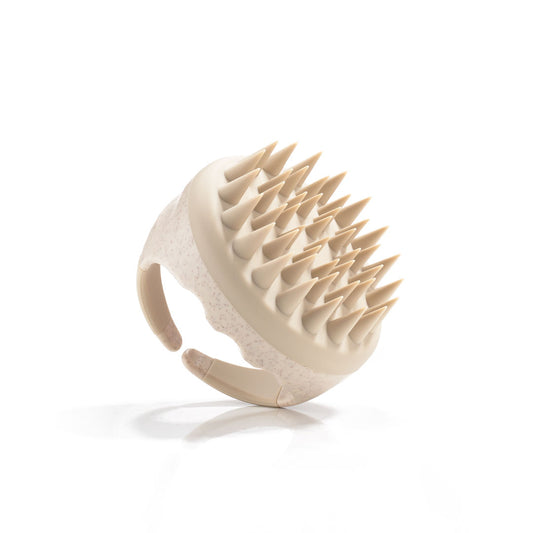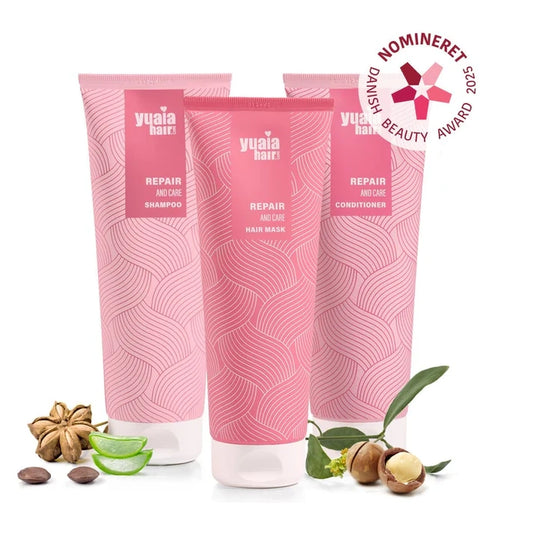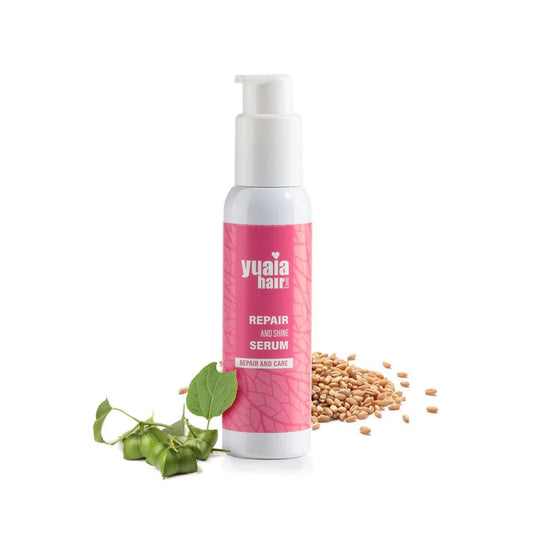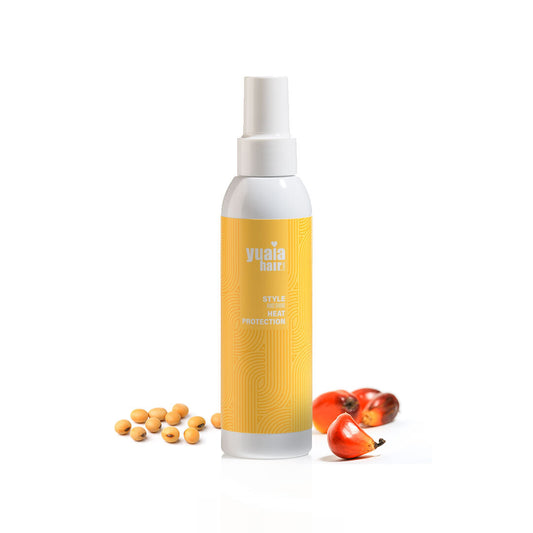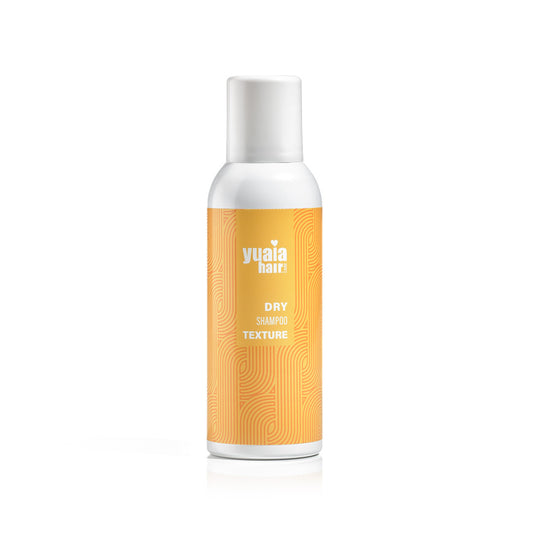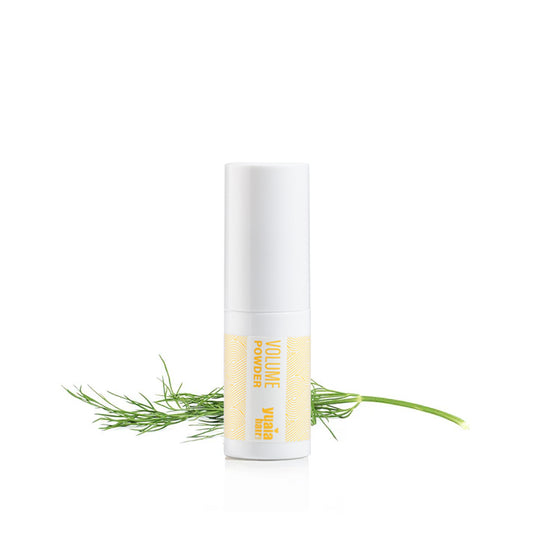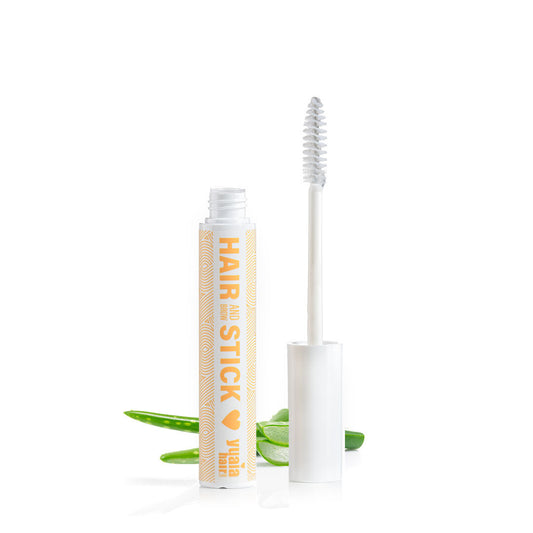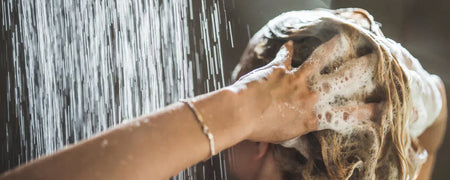
2. In the shower: Cleansing and Conditioning
The shower phase is all about cleansing and rebalancing the hair's moisture. This stage lays the foundation for healthy hair by removing buildup, replenishing hydration, and preparing the strands for post-wash treatments. Depending on your hair type, scalp condition, and overall goals, the products you use—and how you use them—can vary significantly.
-
Shampoo: Begin with a clarifying shampoo if needed, especially if your scalp feels congested or you've used styling products, dry shampoo, or silicones. Clarifying shampoos help strip away stubborn residue and impurities. However, they should only be used occasionally to avoid excessive dryness. On regular wash days, opt for a moisturizing shampoo that gently cleanses while protecting the hair’s natural oils. Massage the scalp thoroughly with your fingertips to stimulate circulation and encourage healthy follicle function.
-
Co-washing: For those with very dry, coarse, or curly hair, co-washing offers a milder way to clean the hair without stripping it. This method preserves the natural sebum on the scalp, which can help with moisture retention, frizz reduction, and curl definition. Some prefer to alternate co-washing and shampooing throughout the week, depending on their lifestyle and scalp needs.
-
Conditioner: Once the hair is clean, it’s important to replace moisture lost during the cleansing process. Apply a conditioner generously to the mid-lengths and ends, avoiding the scalp unless it’s a lightweight formulation. Let it sit for a few minutes so the ingredients can absorb effectively. Detangling during this step using a wide-tooth comb or your fingers can reduce breakage and ensure even distribution of the product.
-
Deep conditioner or hair mask: These intensive treatments go a step further than everyday conditioners. They are packed with rich, reparative ingredients such as proteins, plant butters, and oils that restore elasticity, strength, and softness. Use them once or twice a week based on your hair’s condition. Some people apply a deep conditioner before their regular conditioner to provide a foundation of care, while others use it after to seal everything in. For best results, consider using a heat cap or wrapping your hair in a warm towel to help the mask penetrate deeper.
3. Post-wash: Damp hair application
Hair is most receptive to treatment while damp. This is the time to lock in moisture, layer nourishment, and shield the strands from potential damage caused by heat or environmental stressors. Applying products while the cuticle is open allows for deeper penetration of ingredients, making this stage essential for long-term hair health and styling success.
-
Leave-in conditioner: A lightweight leave-in helps maintain hydration and improves manageability. It also helps to smooth the hair shaft and makes detangling much easier. Choose a formulation that matches your hair type—spray leave-ins work well for fine hair, while creamy ones suit thicker textures. Distribute it evenly through towel-dried hair, avoiding the roots if you tend to have an oily scalp.
-
Serums and scalp treatments: Targeted products like growth serums, anti-itch solutions, or calming scalp treatments should be applied directly to the scalp. Gently massage them in with your fingertips to encourage circulation and ensure even distribution. These products are typically concentrated and are best used consistently over time for noticeable results. For serums focused on shine or repair, apply mid-length to ends, especially if your hair is prone to split ends or dullness.
-
Heat protectant: Essential before any heat styling, this forms a barrier to reduce heat damage from tools like blow dryers, flat irons, or curling wands. Choose a product that offers thermal protection up to the temperatures you typically use. Some protectants also include conditioning agents or frizz control, making them multifunctional. Always apply this last in your post-wash lineup to ensure it forms the outermost protective layer before any heat comes in contact with your hair.
4. Styling: Shaping and holding
Styling products bring structure and definition to your look. Apply these based on your goals and hair type. This stage is where your personality and hair texture come to life, allowing you to shape and express your desired aesthetic. The right combination of styling products can transform limp strands into voluminous locks, define curls with precision, or smooth out frizz for a polished appearance.
-
Creams or mousses: Use for curl definition, frizz control, or volume, depending on formulation. Creams tend to be richer and are ideal for thicker hair types that need moisture as well as hold. Mousses, on the other hand, are lighter and help create volume and movement, making them a great option for fine hair or flat hair. Apply from mid-lengths to ends, using fingers or a styling brush to shape and define sections.
-
Gels or custards: Provide hold and enhance curl patterns or sleek styles. Gels vary in strength and finish—from soft, flexible hold to a firm cast that preserves the structure of curls. Custards are typically more nourishing, blending the qualities of a cream and gel, and are ideal for coily or kinky hair. Scrunch them into damp hair or smooth over styled sections for control and shine.
-
Foams or root sprays: Great for adding lift and targeted volume. Apply foams directly at the roots to encourage height and support, especially for blowouts or layered haircuts. Root sprays often contain polymers or volumizing agents that help hair stand away from the scalp without stiffness. These products are especially helpful for shorter styles or fine textures that tend to fall flat throughout the day.
-
Additional tips: Consider cocktailing products—combining a cream with a gel, or layering a mousse under a serum—to tailor your results. Use sectioning techniques to ensure even application, and always assess the moisture level of your hair before applying styling products: slightly damp hair often yields the best results for curl definition and frizz control, while towel-dried hair suits volumizing formu
5. Finishing touches: Sealing and enhancing
Once styling is complete, finishing products add polish, longevity, and that final sense of control to your overall look. These products serve not only to enhance shine or maintain structure but also to protect your style from external elements such as humidity, friction, or environmental exposure. Finishing touches can make a hairstyle last longer and appear more refined and intentional.
-
Oils or shine sprays: Smooth down flyaways and add luster to the finished style. Depending on the formulation, oils can also nourish the ends and help seal in moisture. Lightweight serums are ideal for fine hair, while richer oils like argan or jojoba suit thicker strands. Mist-based shine sprays offer an even finish and work well for updos or sleek styles.
-
Hairspray or texturizers: Lock styles in place or add touchable texture. Hairsprays come in different hold levels—light for flexibility, medium for everyday styling, and strong for formal or long-wear looks. Texturizers, such as saltwater sprays or dry texture mists, can enhance volume and create a lived-in feel without stiffness, making them ideal for layered or tousled looks.
-
Dry shampoo: While not part of a daily routine, dry shampoo is worth noting for extending style longevity on subsequent days. Dry shampoo absorbs excess oil, refreshes the scalp, and adds volume at the roots. Use it on the second or third day after washing to revive your style without needing a full reset.
6. Adapting the routine to your hair type
Each hair type is different, and adjusting your routine accordingly can improve both appearance and hair health. Key factors like texture, hair porosity, and density affect how products behave.
For example, fine or low porosity hair may react poorly to heavy products, while coarse or porous hair can benefit from richer formulations. Scalp condition also plays a major role in hair growth and product effectiveness.
Being mindful of these factors allows you to choose and apply products in a way that enhances both style and long-term hair health.
Fine hair
-
Choose lightweight mists, foams, or sprays to avoid weighing down fine hair. Avoid rich silicones or waxes that can flatten volume.
-
Use volumizing shampoos and conditioners with light ingredients like rice protein or caffeine. Only apply conditioner to the lengths and ends.
-
Skip heavy oils and butters. Instead, use a touch of lightweight oil like grapeseed oil only on the tips.
-
Apply stylers in small amounts and avoid layering unless necessary.
-
Boost volume at the roots with dry shampoo or root-lifting sprays, and consider blow-drying with a round brush for extra lift.
Curly hair
-
Utilize the LOC method (Leave-in, Oil, Cream) to lock in moisture and define curls. This method is especially effective for textured hair, as it builds moisture retention layer by layer.
-
Prioritize hydration, as the strand structure makes it difficult for natural oils to travel from the scalp to the ends. Use water-based leave-ins with humectants like glycerin or aloe vera.
-
Layer products strategically to balance hold and moisture. Start with leave-ins and oils before finishing with gels or custards to maintain definition and reduce frizz.
-
Avoid brushes that can cause disruption or breakage. Instead, detangle using your fingers or a wide-tooth comb, preferably while the hair is wet and coated in conditioner.
-
Use a diffuser or air dry depending on your lifestyle and styling goals. Diffusers add volume and reduce drying time while preserving curls. Air drying minimizes heat exposure and helps curls retain shape.
-
Refresh curls on non-wash days with a water and conditioner mix in a spray bottle to redefine and moisturize without redoing your full routine.
Thick or coarse hair
-
Reach for richer, more nourishing products like creams, butters, and oils to help with control and smoothness. These offer extra weight and moisture to manage dense, dry, or frizz-prone strands more effectively.
-
Use leave-in conditioners with slip to ease combing and reduce breakage. Look for ingredients like aloe vera or other natural emollients that offer excellent glide and conditioning benefits.
-
Deep conditioning treatments once a week can improve softness and manageability. Select formulas with rich emollients like shea butter or proteins like keratin to restore elasticity and moisture.
-
Protect with heat serums when using styling tools to reduce damage and retain moisture. These serums often seal the cuticle, add shine, and prevent dehydration from high heat.
-
Heavier styling creams may help tame volume and frizz in humid conditions. Use products with hold and humidity-resistant ingredients to maintain shape throughout the day. You can also cocktail these with lighter stylers for customizable control and finish.
Color-treated or damaged hair
-
Use protein treatments and bond-repairing products to restore structure, strengthen the hair shaft, and reduce long-term breakage. Products containing keratin, amino acids, or hydrolyzed proteins are especially effective for chemically compromised hair.
-
Use sulfate-free shampoos to cleanse gently while preserving color vibrancy and maintaining moisture balance. Harsh surfactants can strip dye molecules and natural oils, leading to fading and dryness.
-
Deep condition regularly—ideally once or twice a week—with treatments containing nourishing oils, ceramides, or plant-based butters. These ingredients help soften the hair, improve elasticity, and reduce brittleness.
-
Choose products with UV protection or antioxidants such as vitamin E or green tea extract to protect against sun damage, pollution, and oxidative stress, all of which can accelerate color fading and weaken the hair fiber.
-
Limit heat styling and harsh treatments such as bleach, perms, or high-temperature tools. When heat is used, always apply a protectant to shield the hair and minimize cuticle damage.
Right order for healthier, more manageable hair
While there's no one-size-fits-all routine, understanding the order in which hair products are typically applied can dramatically improve your results. By building a sequence that suits your individual hair type and goals, you can enhance your hair's health, styling potential, and overall appearance. Use this guide as a foundation—and feel free to adapt it as your needs evolve.
 2-5 day delivery
2-5 day delivery
 25.000+ satisfied customers
25.000+ satisfied customers
 Satisfaction Guarantee
Satisfaction Guarantee

